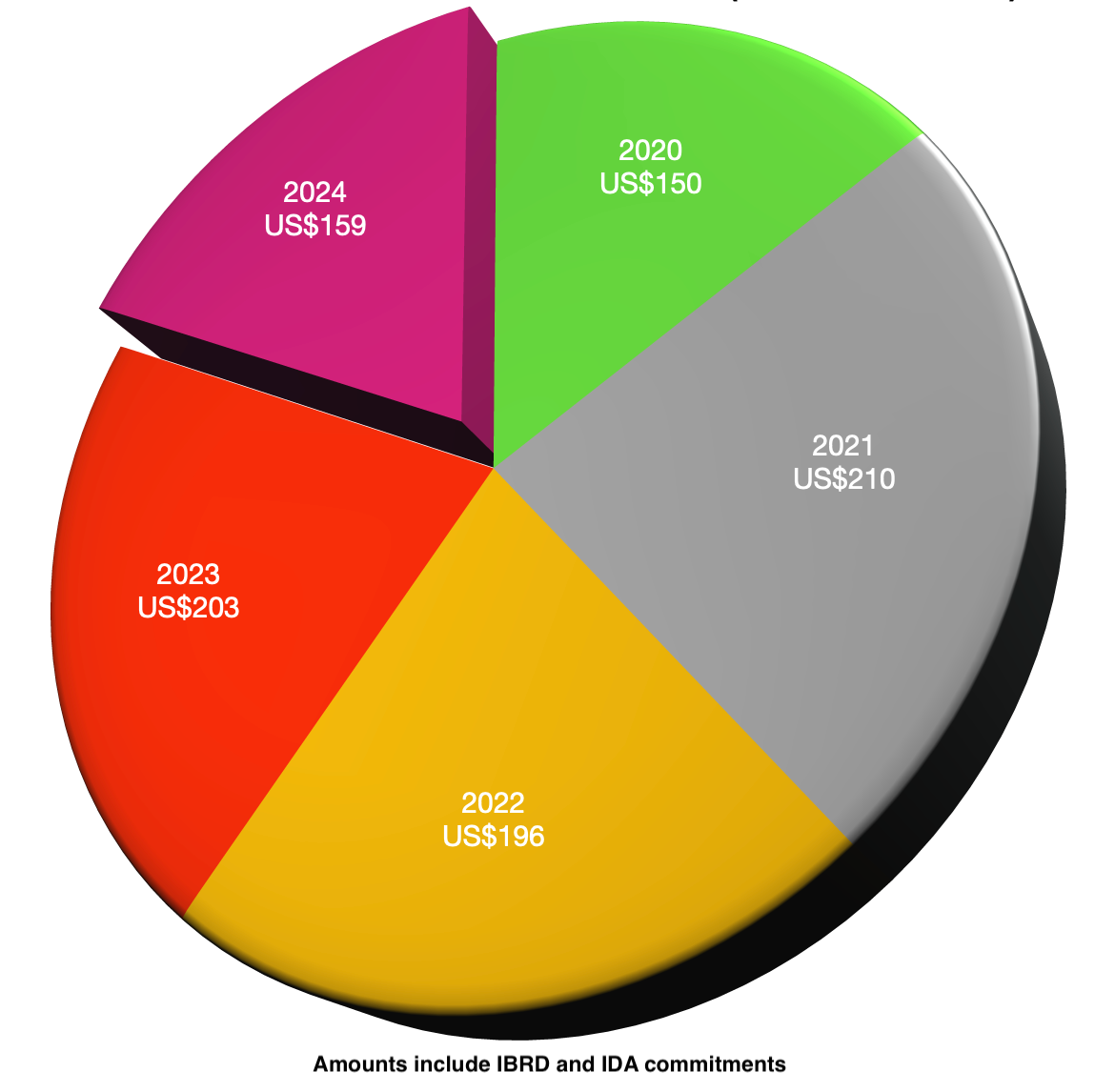AfDB’s Golden Rule To Prosperity
 AFDB Chart for Sierra Leone
AFDB Chart for Sierra Leone
Sierra Leone’s public investment levels were approximately $2 billion annually as at 2022. This represents only 27% of the needed investment by 2030. The country has shown a Gross Domestic Product (GDP) growth rate of around 3.5% per annum; this, according to the African Development Bank forecast, is insufficient to generate the necessary resources for self-funded growth. ‘’if the growth continues at this rate, by 2030, the total public investment will only reach $5 billion, thereby creating a gap of around $2.5 billion”. The Bank notes that typical financing sources, including domestic revenue and foreign direct investment, are falling short. The country’s domestic revenue generation is projected to yield only $1.8 billion by 2030, leading to a financing gap of $3.3 billion.
Dependency on External Funding: With only 20% of the required financing expected from domestic sources, the country will need to seek support from international financial institutions, development partners, and public-private partnerships to bridge the gap. The Implications and Strategic Recommendations to successfully mobilize the required funds for strategic investments, a multi-faceted approach is imperative:
- Policy Reforms: The government must implement robust policy reforms to enhance the business environment, attract foreign direct investment, and ensure efficient public spending.
- Enhancing Domestic Revenue: Strengthening tax administration and expanding the tax base can significantly increase domestic revenue. A targeted effort to broaden the tax base by formalizing the informal economy may yield substantial results.
- Infrastructure Development: Prioritizing and developing infrastructure in key sectors—such as energy, transport, and water supply—can spur economic activity and attract additional investments.
- Public-Private Partnerships (PPPs): Engaging the private sector through well-structured PPPs can leverage additional financing and expertise for vital public projects.
International Collaboration: Government should actively engage with international development partners to align financing initiatives with its national priorities, ensuring that the financing landscape supports its development goals. With a financing gap reaching billions of dollars, urgent action is required to mobilize resources effectively. The confluence of strategic policy reforms, enhancements in domestic revenue, and international collaborations will be vital for the country to realize its development aspirations and become a more resilient and prosperous nation.
Investors, policymakers, and stakeholders must now engage actively in dialogues that focus on innovative financing solutions tailored on a unique context. Only through collective commitment can the financing needs be met and the path toward sustainable development be assured.
13-01-2025










